Score: 9/10 (Fantastic)
Pros Sleek and sexy aluminum design, BoomSound blows all other smartphone speakers out of the water, vibrant 1080p FHD display, super-fast processing speeds, excellent call quality, great battery, HTC's software tweaks to Android bring lots of features without bloating down the phone. | Cons Phone does not lay still on a flat surface, camera is a tad unimpressive, no expandable storage or removable battery. |
The HTC One, the phone that has been referred to as one of the best Android smartphones of all time, has just recently hit Verizon Wireless. The HTC One has been available on all other major carriers in the US for a few months now, but VW customers are just now getting a chance to use the smartphone behemoth with their favorite cell phone service provider in the US. With a uni-body aluminum design, 4.7-inch 1080p FHD display, quad-core Qualcomm Snapdragon 600 CPU and more, the HTC One is packing in some of the best specs we've seen all year in a handset. Despite its growing age, does the HTC One still have what it takes to remain a prominent choice in the ever-expanding smartphone market? Especially with the recent release of the LG G2, Apple iPhone 5S, and Samsung Galaxy Note III? Find out in our full review!
Design/Build Quality
When I think of the HTC One after I send it back to Verizon's PR agency, the first thing my brain with reminisce about is the design. For those of you that don't yet know, the HTC One's frame is constructed entirely out of aluminum. Although not as light and feathery as plastic, the uni-body aluminum construction on the HTC One feels incredible. With the cool feel of the aluminum, the solid weight of 143 grams, and the extremely thin frame of just 9.3 millimeters resting in your palm with a gently curved back, the One feels astounding to hold in the hand. The phones also looks pretty darn great as well. The back of the handset features white accents that looks great against the shine of the brushed aluminum. The only real downside in terms of a design is the amount of logos. Verizon Wireless decided to engrave their company and 4G LTE logo onto the back of the One, right above the Beats Audio logo. Obtrusive branding on smartphones isn't anything new for handsets on Verizon, but they looked especially tasteless on a phone as clean and sexy as the HTC One. Nonetheless, the HTC One's design is still breathtaking.
With smartphones, external speakers are never anything to write home about. They are usually placed on the back of phones, and end up sounding tinny, quiet, and easily covered up. With the One's design, HTC didn't just stop at making it look and feel exceptional. They also created the absolute best speakers I have ever heard on a mobile device. That's right, mobile device. We're talking smartphones and tablets here. When it comes to speakers, the HTC One is the dominant king. What makes the speakers on the One so special you may ask? Well my friend, HTC placed 2 speakers on the front of the device. One at the top of the phone and one at the bottom. They also equipped Beats Audio technology to enrich the audio quality even further. And guys, let me tell you, the audio that the HTC One kicks out is freaking awesome. From music, to movies, TV shows, podcasts, and even phone calls, the HTC One has, hands-down, the best speakers you are currently going to find on a smartphone. Period.
Hardware
For all of you display buffs out there, take note of what I am about to say next. The HTC One features a 4.7-inch 1920 X 1080P FHD display. What's the big deal though, right? We've seen 1080p HD displays on phones like the Samsung Galaxy S4, LG Optimus G Pro, and more. Well, the big deal, is that the HTC One is cramming in a total count of 468 pixels per inch. Thanks to the smaller screen size of 4.7-inches (compared to 5.0 and 5.5-inches on the S4 and G Pro) the One manages to squeeze in a ridiculous amount of pixels on its display. Text is razor sharp, colors are dead-accurate, and videos and games look stunning. The One also provides great viewing angles and outdoor visibility, making it one of the best displays I have seen on a smartphone to date.
Another high point for the HTC One is its processing speeds. Providing the phone with all of its horsepower is a 1.7GHz quad-core Qualcomm Snapdragon 600 CPU along with 2GB of RAM. All-in-all, the One is a very speedy phone. Gaming on the handset was a breeze with no lag whatsoever, Web browsing was buttery smooth, and normal day-to-day operations ran without a hitch. There were a couple times I noticed that it took the handset longer than it should to open an application from the app drawer, but this is most likely more due to the phone's software than its hardware. With that said, Qualcomm is now starting to roll out their Snapdragon 800 chip into more and more smartphones now. While the HTC One isn't a slouch when it comes to processing speeds by any means, it is worth noting that it doesn't have the fastest mobile processing chip available like it did when it first came out.
One of the interesting points for the HTC One is its camera. Unlike most flagship phones which rock an upwards of 13MP camera, the HTC One's main camera is 4MP. However, the One uses Ultrapixel technology to make the camera perform better in low-light situations than other smartphone cameras. While the pictures I took with the One didn't look bad, they also weren't the most impressive I've ever seen on a smartphone. Details on a lot of photos that I took looked quite soft and not as sharp as I would have liked to see on a flagship phone like the One. With that said, i was fairly pleased with the video recording quality on the phone. The One can capture 1080p HD video, and the quality is actually quite nice. The microphone on the One also makes all of the audio from your videos sound great on the BoomSound speakers. Truth be told, the camera on the HTC One is probably the most disappointing aspect of the entire phone.
The version of the HTC One that I reviewed was the model on Verizon Wireless. In regards to call quality, the HTC One performed admirably. Thanks to BoomSound, once again, folks on my end of phone calls were very loud and easy to hear. On the other end of the calls, people said that I sounded great as well. As usual with handsets on Verizon Wireless, data speeds were consistently fast and speedy. Download speeds averaged out at 19Mbps with upload speeds averaging out at 7Mbps.
In regards to battery life, the HTC One excels. The One has a 2300 mAh non-removable battery baked inside of it, and I never had one issue with getting through a full day of extremely heavy use with the phone. With Bluetooth and GPS both on, a constant connection to 4G LTE, moderate texting, heavy Web browsing, moderate Google Map usage, and heavy picture taking, I still had 3% remaining at 11:30 PM after turning the phone on at 7:00 AM that morning. Do the math, and that's a total usage time of more than 16 hours. Case in point, if you're a heavy user of your phone, the HTC One will have no issue lasting you an entire full day of heavy, rugged, intense use.
Software
The HTC One is running Android 4.2.2 Jelly Bean with an update to Android 4.3 heading to the handset soon. This means that you have all of Google's goodies, including Project Butter, Google Now, Lock screen widgets, Quick Settings, and more. However, HTC has also added HTC Sense 5.0 over Android. Although it is no secret that I am a fan of stock Android, I have to admit that I have become quite fond of HTC's latest Android skin.
The most noticeable change to Android with Sense 5.0 is easily BlinkFeed. BlinkFeed is a tile-based collection of updates from you favorite social networks, news sources, and more. It is presented as a home screen on the One, with the option to go and customize other home screens like you normally do with Android. While you don't have to use BlinkFeed, and can completely ignore it if your heart so desires, I actually found that I always kept it as my main home screen. I customized a couple other normal home screens, but for the majority of the time, my home screen was always set at BlinkFeed. While not as customizable as normal home screens, it was a nice breath of fresh air to be able to see the weather, what was going on in all my social networks, and the latest news stories all in one, clean, organized place. The biggest thing that I took away from my experience with the software on the HTC One, is that the company proved that less can be more when it comes to software. Sense 5.0 still manages to pack in a lot of fun and useful features, but also makes the whole Android experience extremely clean and simple. Unlike a lot of other Android skins from companies like Samsung and LG, Sense 5.0 feels like a very mature iteration of the Android OS. Every bit of the user experience on the One with Sense 5.0 feels clean, elegant and smooth.
Final Verdict
As you can very well see, the HTC One is an incredible piece of technology. It may not be perfect, but it isn't far from it. Whether you want your phone to be the prettiest of them all, have ultra-fast processing speeds, incredible speakers, long lasting battery, or beautiful software, the HTC One has something for just about everyone. While I did have my issues with the camera, it's a tad easier for me overlook it just a bit with all of the other things the One does right. Despite being a few months old at this point in time, and with rumors of the HTC One Max popping up more and more on the Web, the One is still one badass phone that you'd be crazy to overlook if you're in the market for a new Android handset.
Author: Joe Maring
Author: Joe Maring
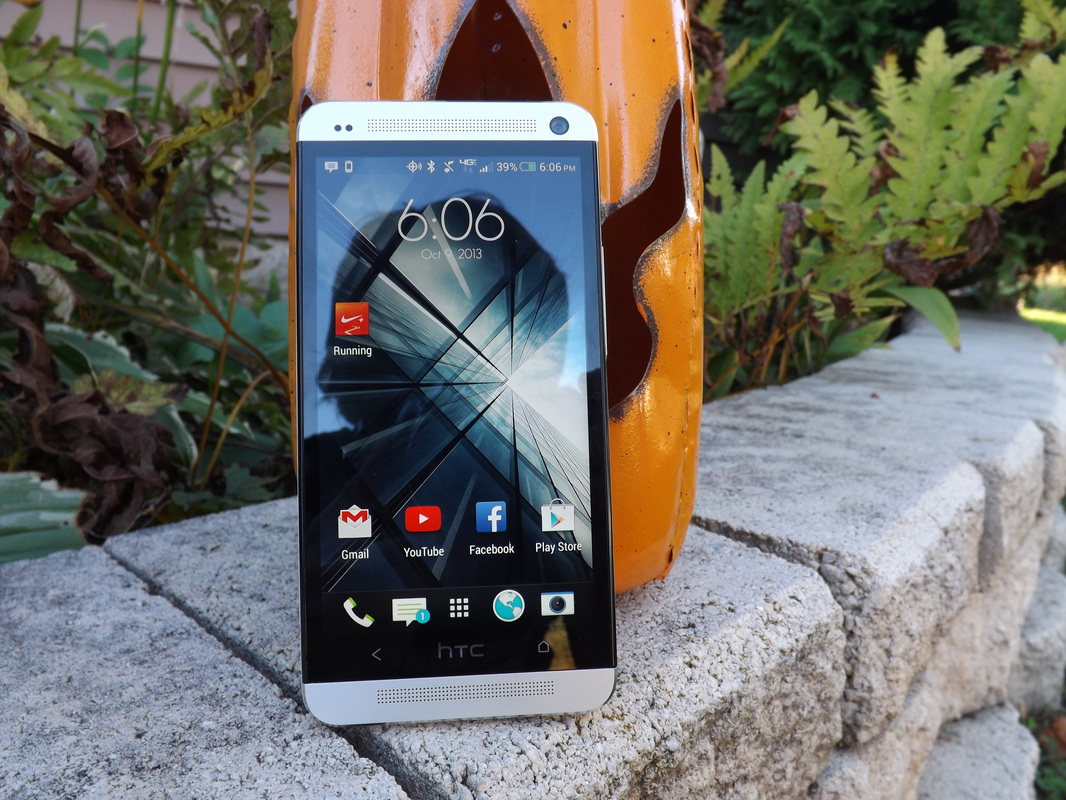
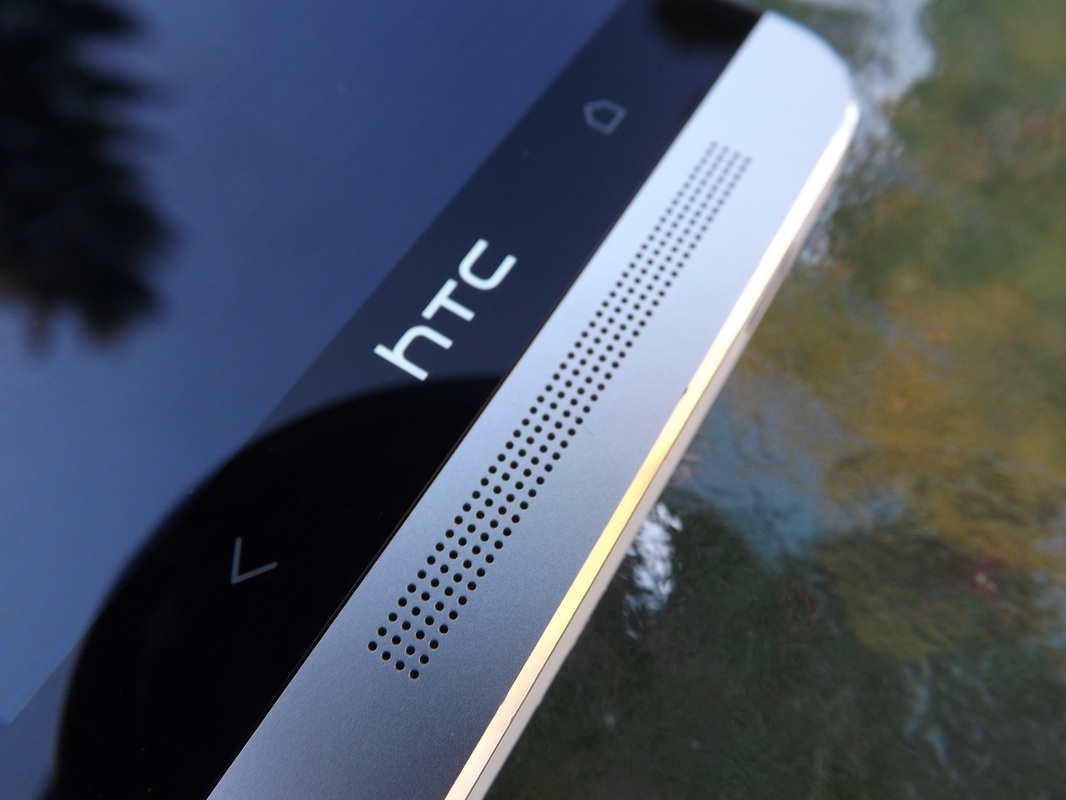
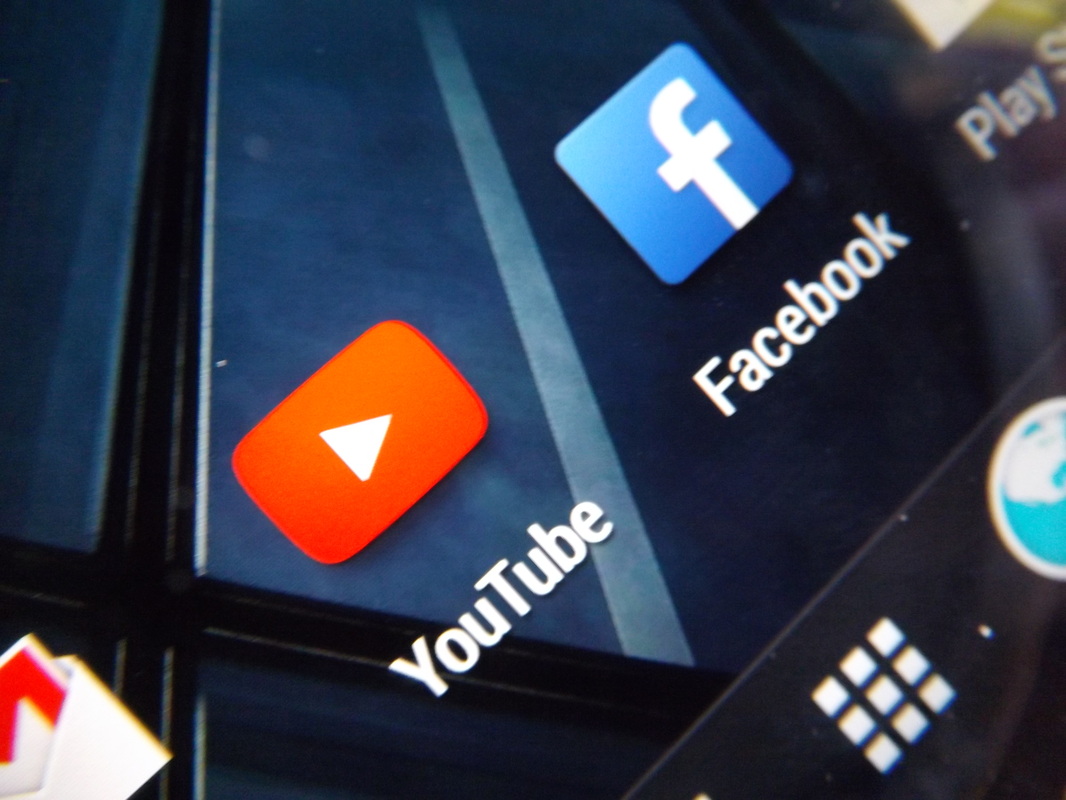
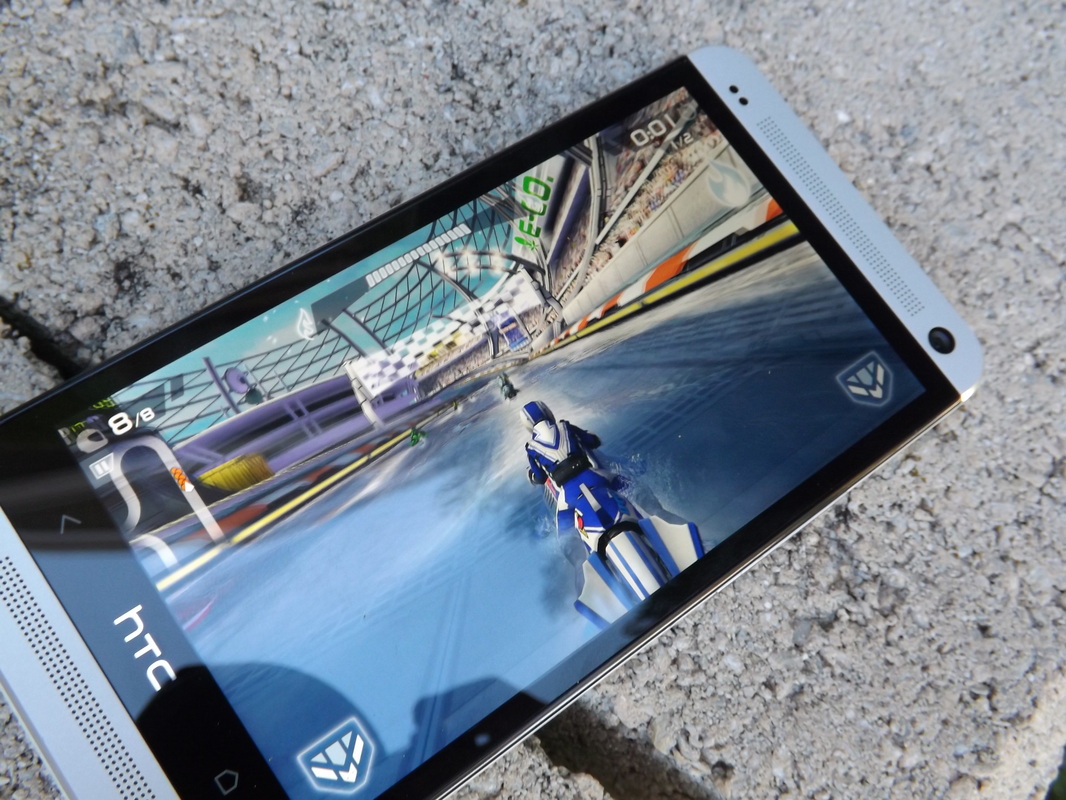
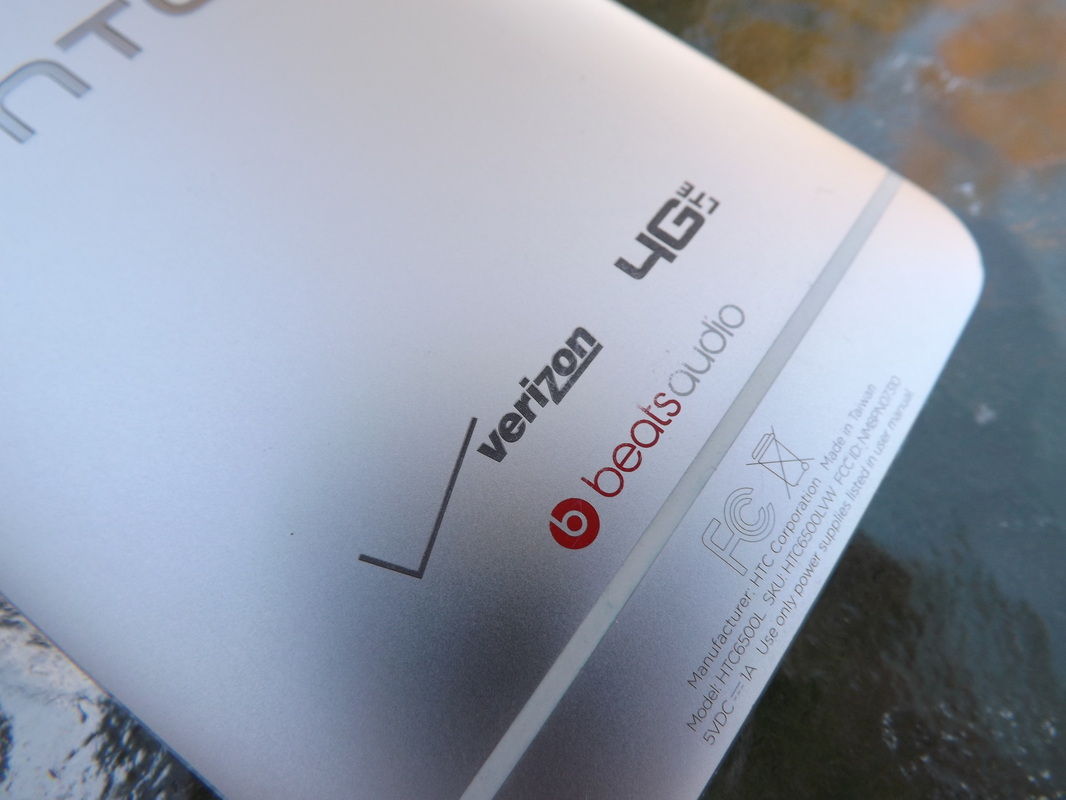
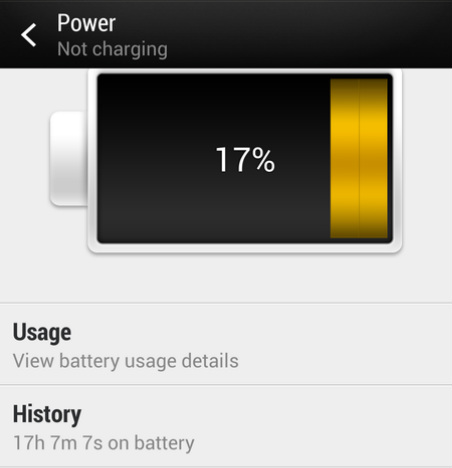
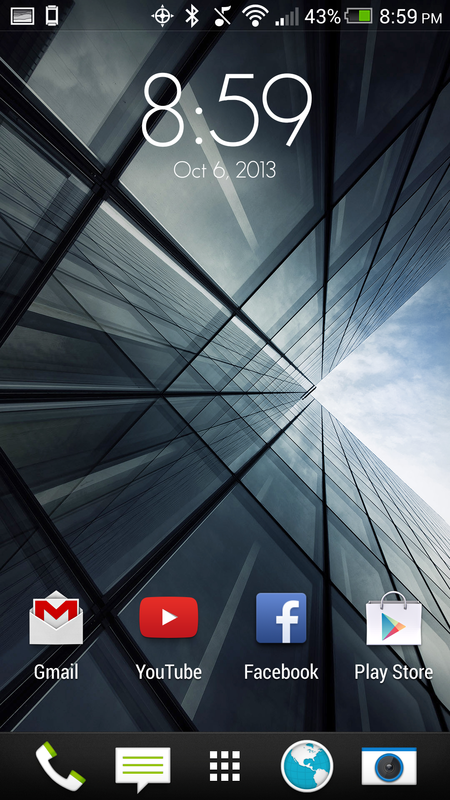
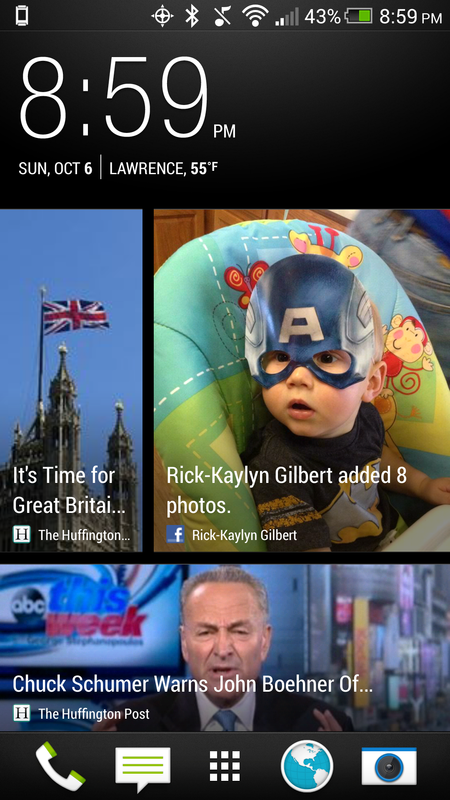
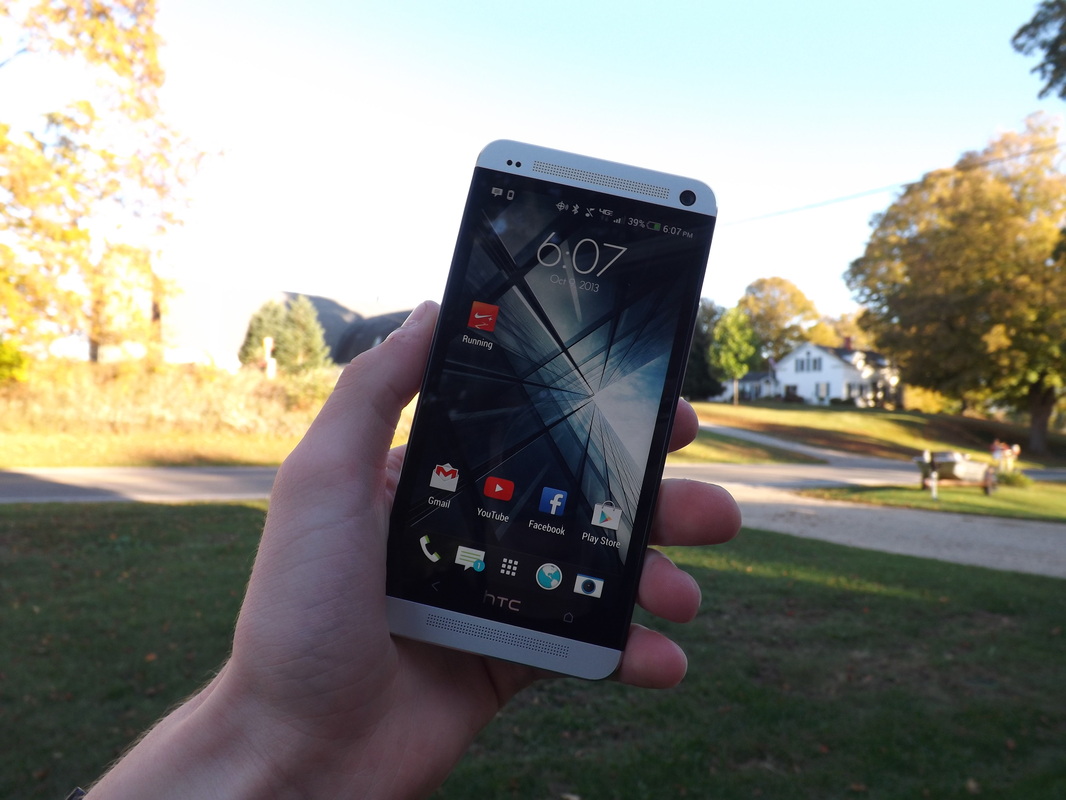
 RSS Feed
RSS Feed